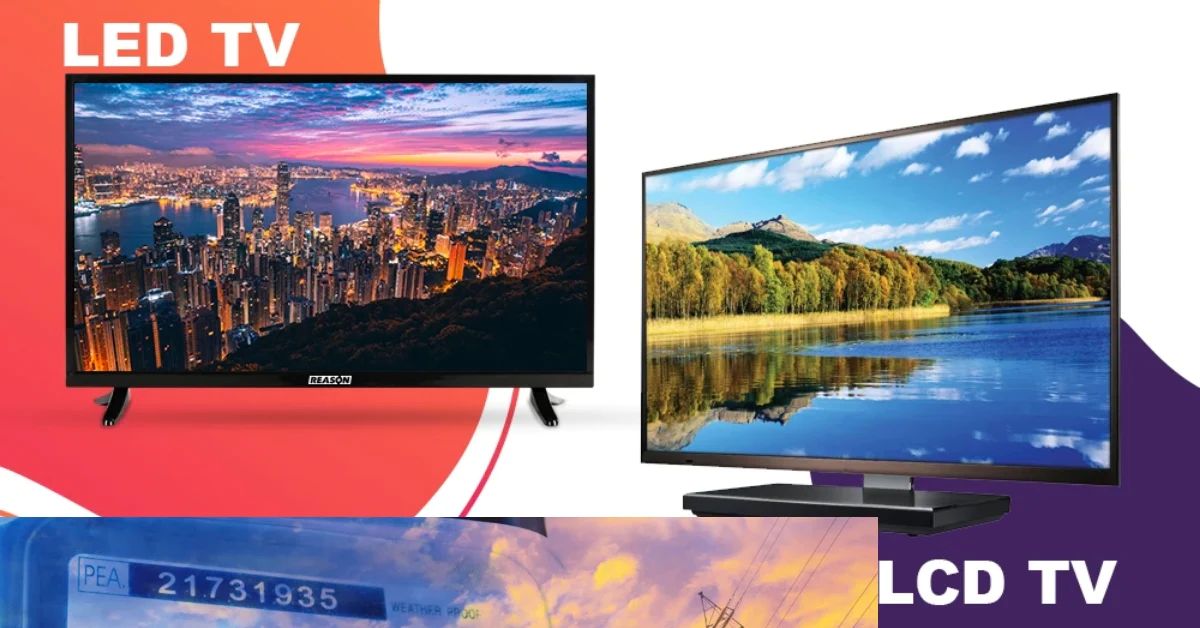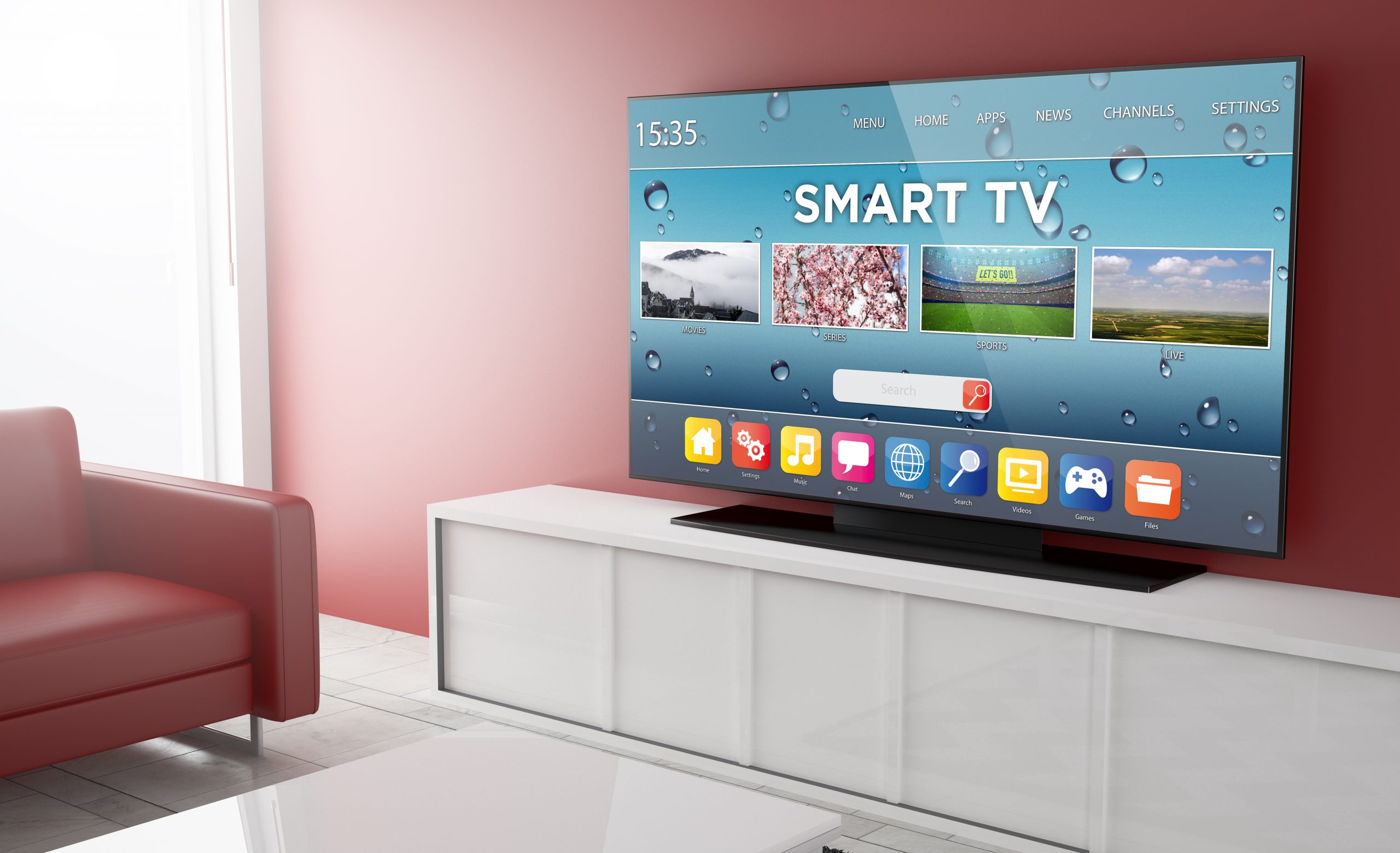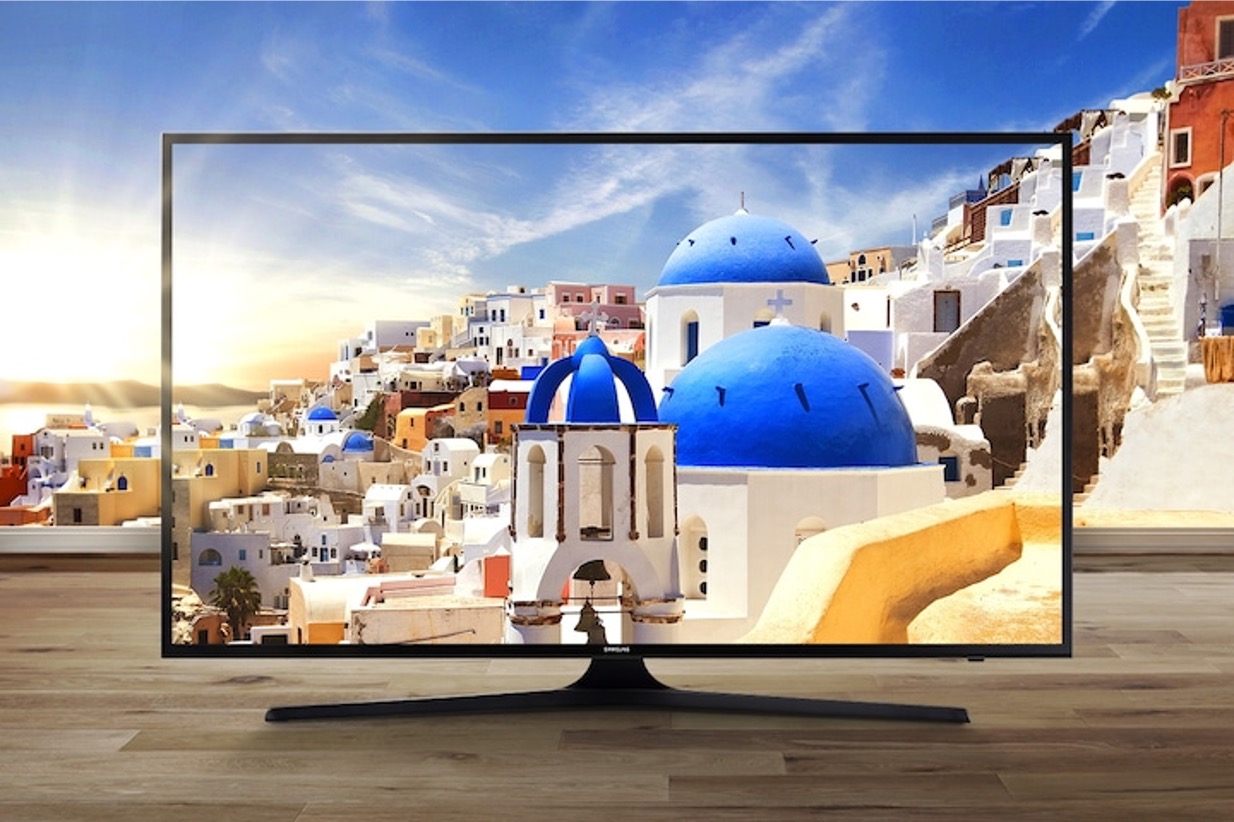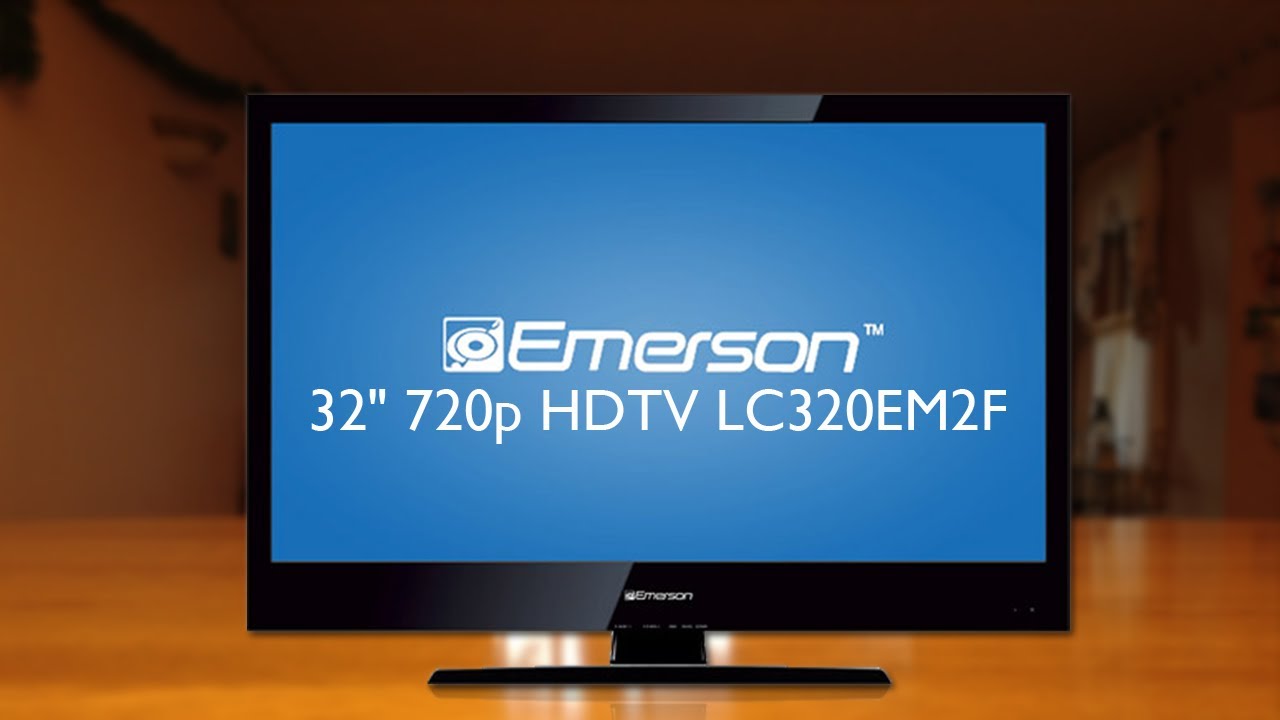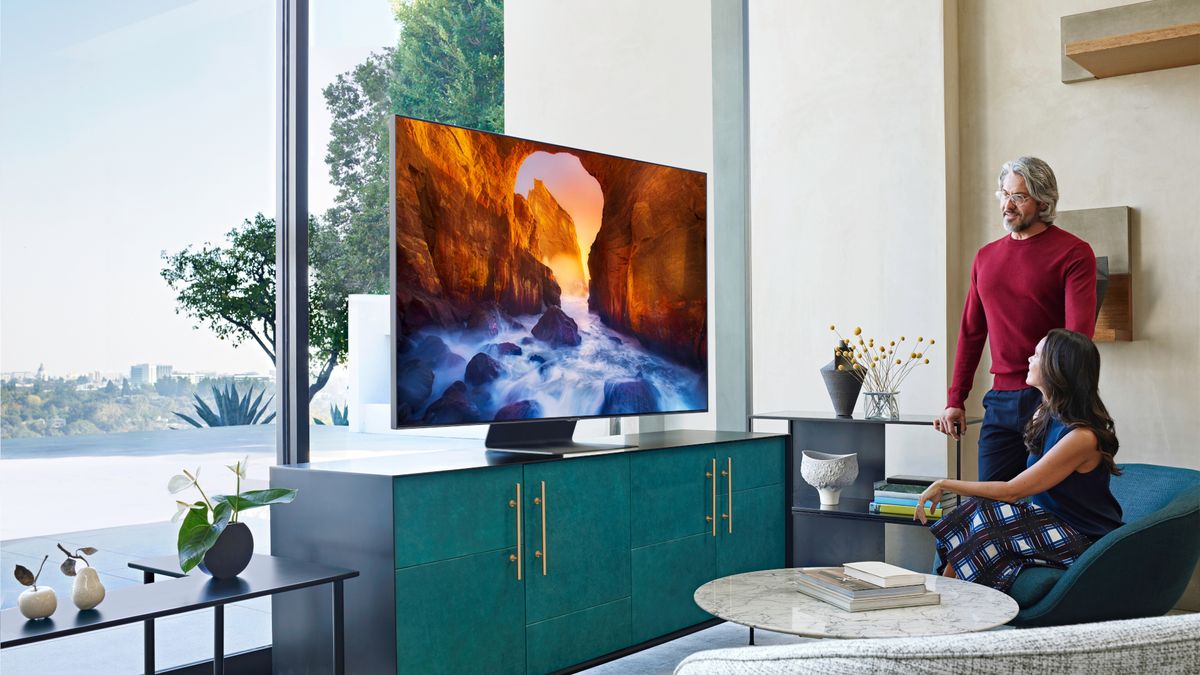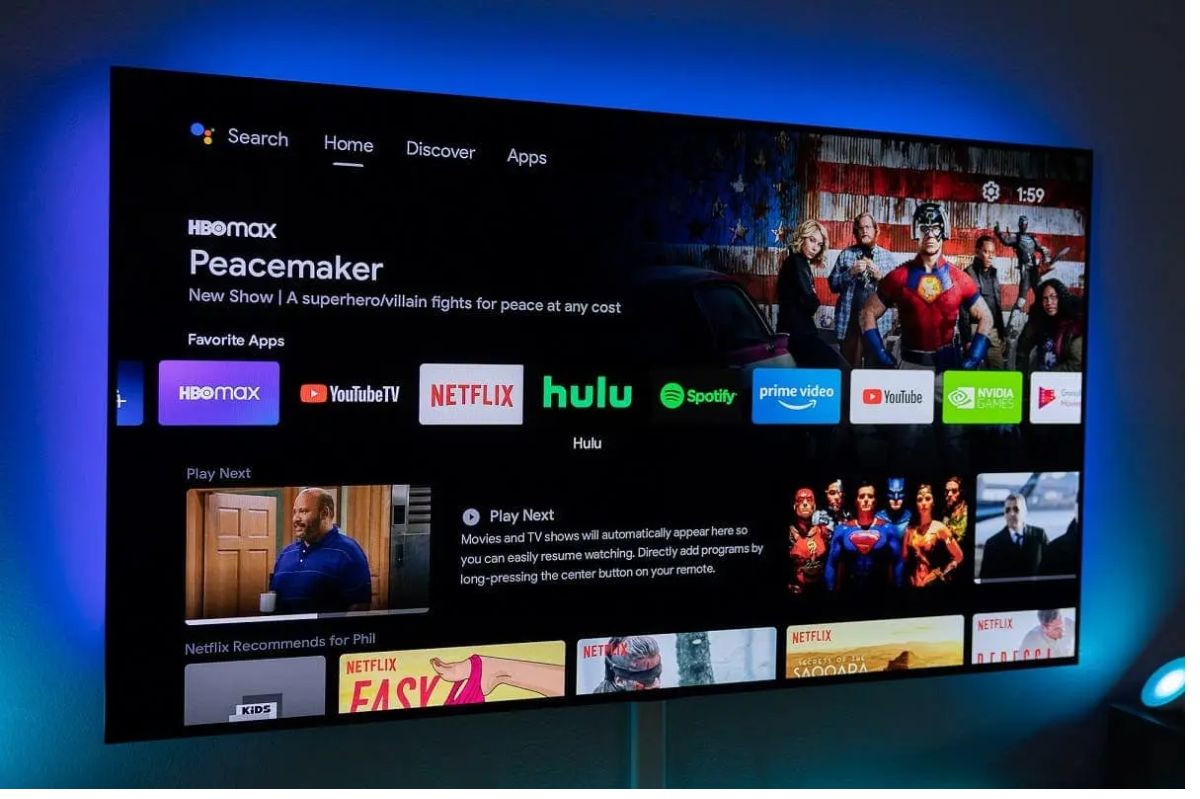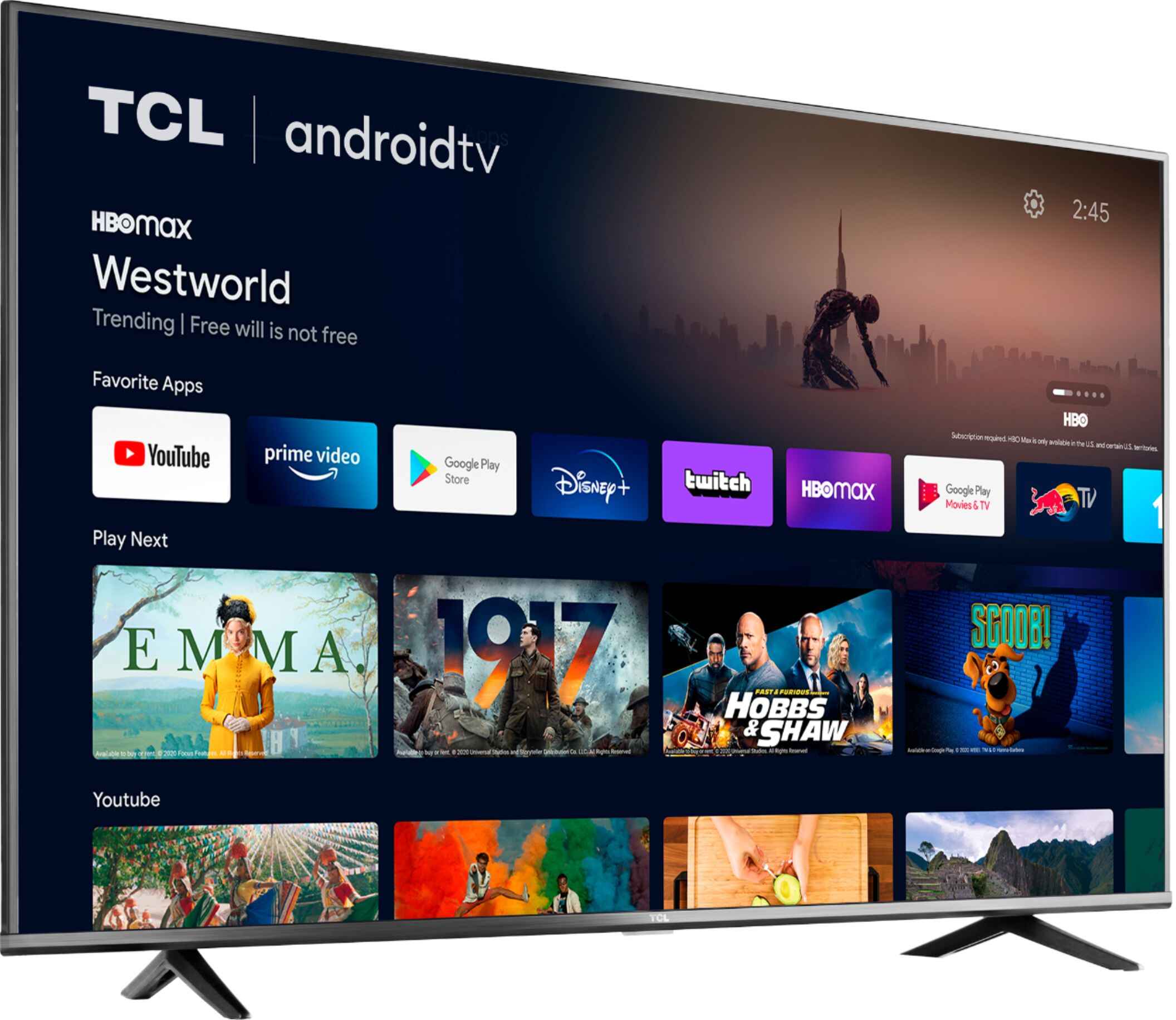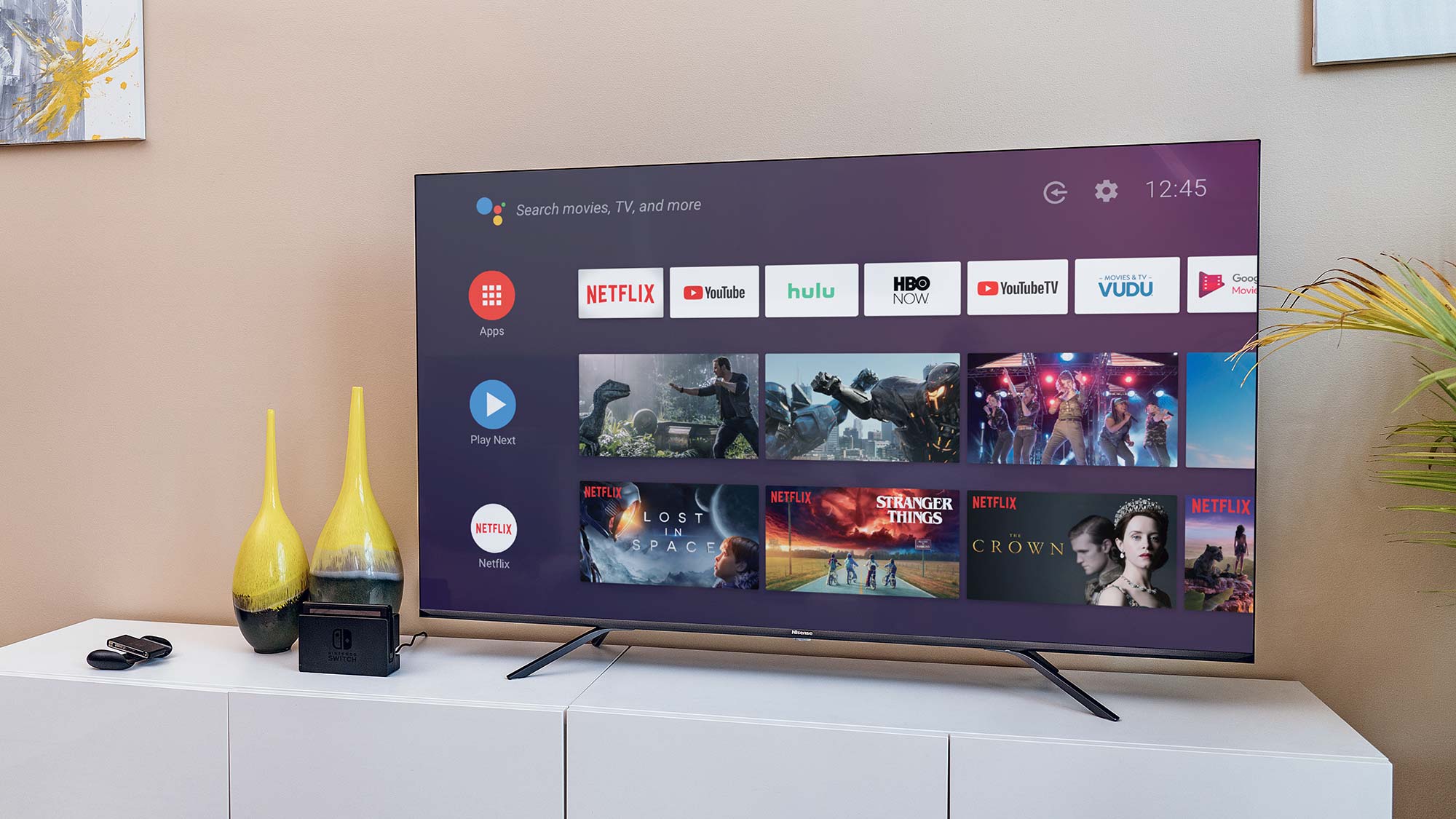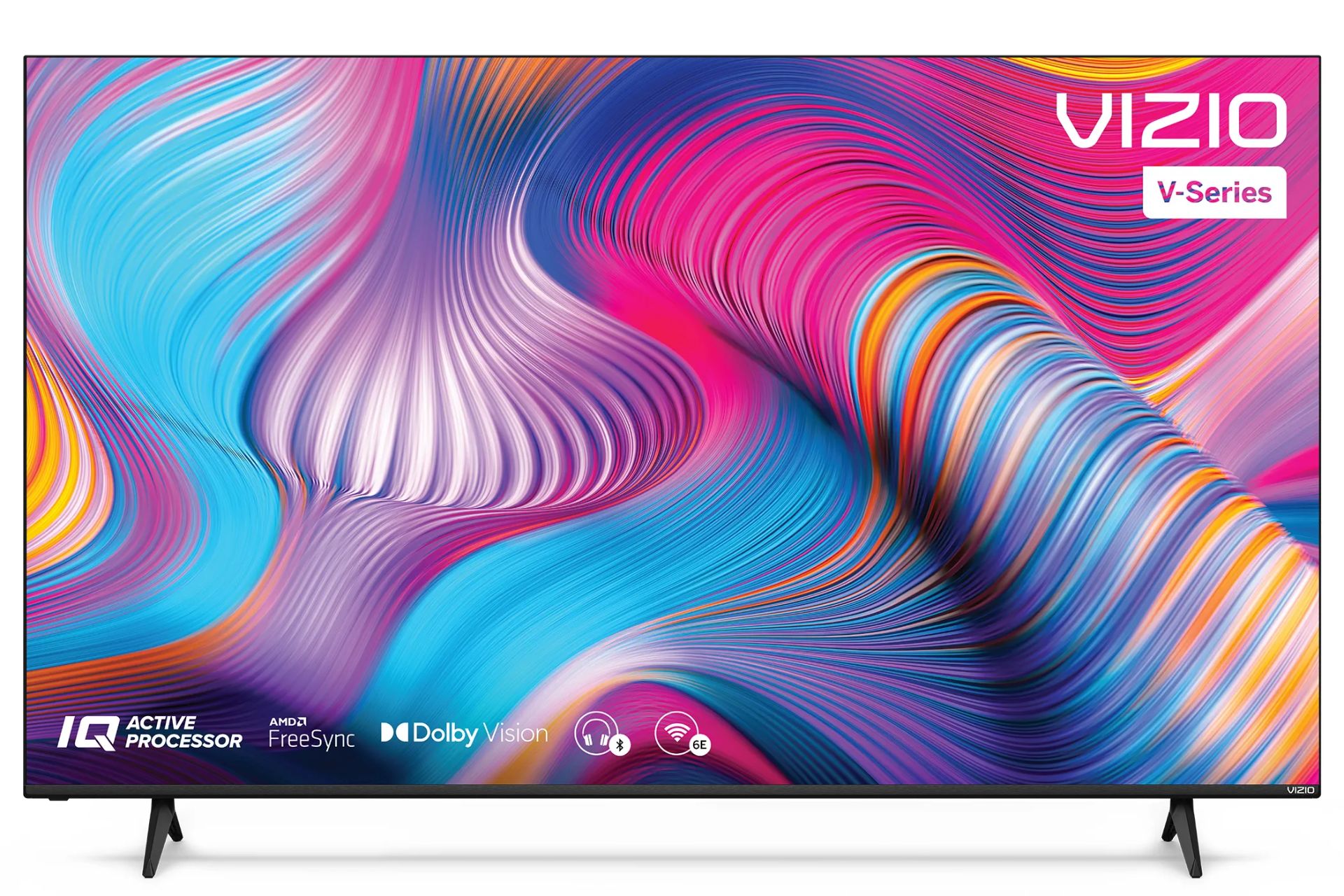Introduction
Welcome to the world of advanced television technology! Today, when it comes to buying a new TV, you will find a wide range of options available, from traditional LED TVs to cutting-edge Smart TVs. But what exactly are the differences between these two types of TVs? In this article, we will explore the distinctions between Smart TVs and LED TVs to help you make an informed decision.
LED TVs, short for Light Emitting Diode TVs, have been a popular choice among consumers for their vibrant display quality and energy efficiency. On the other hand, Smart TVs have gained immense popularity in recent years because of their ability to connect to the internet and provide a variety of features and content.
Understanding the variations between Smart TVs and LED TVs is crucial before making a purchase, as it can affect your viewing experience and the capabilities of your TV. So, in the following sections, we will delve deeper into the display technology, internet connectivity, content and apps, price comparison, and energy efficiency of these two types of televisions.
Definition of Smart TV
A Smart TV is a television that is equipped with internet connectivity and can provide a wide range of additional features and services beyond traditional TV channels. Unlike conventional TVs, Smart TVs are designed to offer a more interactive and personalized viewing experience.
Smart TVs are equipped with built-in Wi-Fi or Ethernet ports, allowing them to connect to the internet. This internet connectivity opens up a world of possibilities for users, allowing them to stream online content, browse the web, access social media platforms, and even download and use various applications.
One of the key features of Smart TVs is their ability to stream content from popular streaming platforms such as Netflix, Hulu, and Amazon Prime Video. With a Smart TV, users can enjoy their favorite movies, TV shows, and documentaries directly on their television screen without the need for additional streaming devices.
In addition to streaming services, Smart TVs also offer a range of apps that can be downloaded and installed on the device. These apps provide access to a plethora of services, including news updates, weather forecasts, music streaming, gaming, and many more. Users can customize their Smart TV experience by selecting and organizing the apps according to their interests and preferences.
Furthermore, Smart TVs often come equipped with advanced features such as voice control, gesture control, and screen mirroring. These features enhance the convenience and interactivity of the TV, allowing users to control the device with simple voice commands, gestures, or even mirroring the screen of their smartphones or tablets onto the TV for a seamless viewing experience.
Overall, Smart TVs have revolutionized the way we consume content on our televisions. With their internet connectivity, extensive app offerings, and advanced features, Smart TVs provide a more immersive, interactive, and personalized entertainment experience for users.
Definition of LED TV
LED TVs, or Light Emitting Diode TVs, are a type of television that utilize LED backlighting technology to illuminate the display panel. Unlike traditional LCD TVs that used fluorescent tubes for backlighting, LED TVs offer enhanced brightness, improved contrast levels, and energy efficiency.
The key component of an LED TV is the usage of Light Emitting Diodes (LEDs) as the source of backlighting. LED backlighting allows for a more precise control of brightness levels, resulting in better black levels and contrast ratios. This enhances the overall picture quality, providing vibrant and true-to-life colors on the screen.
LED TVs are available in two major types: edge-lit LED TVs and full-array LED TVs. Edge-lit LED TVs have LEDs placed around the edges of the display panel, which distribute the light across the screen. On the other hand, full-array LED TVs have LEDs placed directly behind the entire display panel, allowing for more precise local dimming and better control over the backlighting.
One of the significant advantages of LED TVs is their energy efficiency. LED backlighting technology consumes less power compared to traditional fluorescent tube backlighting, resulting in lower electricity bills. This eco-friendly feature has made LED TVs a popular choice among environmentally conscious consumers.
In addition to their superior display quality and energy efficiency, LED TVs are often thinner and lighter than traditional TVs. The slim design of LED TVs adds a sleek and modern touch to any living room or entertainment space.
LED TVs are typically compatible with various content sources, including cable or satellite boxes, gaming consoles, and streaming devices. With multiple HDMI and USB ports, users can connect their preferred devices and enjoy a range of content with ease.
In summary, LED TVs utilize LED backlighting technology to deliver stunning picture quality, energy efficiency, and a sleek design. Their superior display capabilities and compatibility with multiple devices make LED TVs a popular choice among consumers looking for a high-quality viewing experience in a modern television system.
Display Technology
The display technology used in Smart TVs and LED TVs plays a significant role in determining the visual quality and overall viewing experience. Let’s explore the display technologies employed by these two types of televisions.
Smart TVs typically utilize LCD (Liquid Crystal Display) panels for their displays. LCD panels work by using liquid crystals that manipulate light to create images on the screen. The quality of the image is influenced by factors such as the resolution, color accuracy, and contrast ratio of the LCD panel used in the Smart TV.
On the other hand, LED TVs use LED backlighting technology in conjunction with LCD panels. As mentioned earlier, LED TVs can either be edge-lit or full-array lit. In edge-lit LED TVs, the LEDs are positioned around the edges of the display panel, which allows for a thinner design. However, full-array LED TVs have LEDs placed behind the entire panel, providing better control over backlighting and local dimming, resulting in improved contrast and picture quality.
LED TVs offer several advantages in terms of display technology. With LED backlighting, these TVs can achieve higher brightness levels, producing vibrant and vivid images on the screen. LED TVs also tend to have a better contrast ratio, meaning the difference between the darkest blacks and the brightest whites is more noticeable, leading to a more immersive visual experience.
Moreover, LED TVs often have a wider color gamut compared to traditional LCD TVs, which allows them to display a broader range of colors with more accuracy. This is particularly beneficial for watching content such as HDR (High Dynamic Range) videos, where the expanded color palette enhances the viewing experience.
It is important to note that the display technology used in Smart TVs and LED TVs can vary depending on the manufacturer and model. Always check the specifications of the TV you are interested in to ensure it meets your desired display requirements.
In summary, Smart TVs generally use LCD panels, while LED TVs incorporate LED backlighting technology with LCD panels. LED TVs have an advantage in terms of display quality, offering higher brightness, improved contrast, and a wider color gamut. The display technology plays a crucial role in determining the visual performance and overall enjoyment of the content on these modern televisions.
Internet Connectivity and Features
One of the key differentiators between Smart TVs and LED TVs is their internet connectivity and the features they offer in relation to online content. Let’s delve into this aspect and explore how these televisions connect to the internet and what additional features they provide.
Smart TVs are specifically designed to connect to the internet via Wi-Fi or Ethernet. This internet connectivity allows users to access a vast array of online content directly on their television screens. With a Smart TV, you can stream movies, TV shows, and videos from popular platforms like Netflix, Hulu, and YouTube.
Smart TVs also provide the convenience of browsing the internet, engaging in social media platforms, and accessing various web-based services. You can check your emails, browse websites, and even participate in online gaming communities using your Smart TV’s internet capabilities.
In addition to streaming and web browsing, Smart TVs support the installation of apps. These apps, similar to those found on smartphones and tablets, offer a wide range of functionalities. You can download apps for music streaming, news updates, weather forecasts, gaming, and many other services to enhance your entertainment experience.
Furthermore, a significant advantage of Smart TVs is their ability to integrate voice control features. With voice control, you can navigate through channels, search for content, adjust settings, and even control compatible smart home devices by simply using voice commands. This brings a new level of ease and convenience to accessing and controlling your TV and connected devices.
LED TVs, on the other hand, do not typically possess internet connectivity features. They rely on external devices, such as streaming boxes or gaming consoles, to access online content. Although LED TVs do provide multiple HDMI and USB ports to connect these devices, they do not offer the direct online capabilities and integrated features that come with Smart TVs.
It is important to consider how heavily you rely on internet-related features when deciding between a Smart TV and an LED TV. If you enjoy the convenience of streaming content directly from your TV and using various apps and online services, a Smart TV would be the ideal choice. However, if you prefer to use external devices for internet-based content, or if you primarily use your TV for traditional broadcasting, an LED TV may still suit your needs.
In summary, Smart TVs offer direct internet connectivity and a broad range of features, including streaming, browsing, app installations, and voice control. LED TVs, on the other hand, rely on external devices for internet-related content but provide multiple connectivity options. Consider your preference for online content and features when determining which type of TV will best enhance your viewing experience.
Content and Apps
When it comes to accessing a wide range of content and apps, Smart TVs have a significant advantage over LED TVs. Let’s explore the content and app offerings of these two types of televisions.
Smart TVs provide users with access to various streaming platforms and content libraries directly on the TV screen. With popular streaming services like Netflix, Hulu, Amazon Prime Video, and Disney+, Smart TV users can enjoy a vast catalog of movies, TV shows, and documentaries without the need for additional devices.
In addition to the streaming services, Smart TVs also offer various apps that can be downloaded and installed on the TV. These apps expand the functionality of the TV, providing access to news updates, weather forecasts, fitness programs, gaming, music streaming, and much more. Users have the flexibility to customize their Smart TV experience by selecting and organizing the apps according to their preferences.
Smart TVs also often come equipped with a web browser, allowing users to access websites, watch online videos, and engage in social media platforms directly on their television screens. This provides a more immersive and convenient browsing experience for those who prefer a larger display.
On the other hand, LED TVs typically do not have built-in streaming platforms or app stores. However, with multiple HDMI and USB ports, users can connect external devices such as streaming devices, gaming consoles, or media players to access a wide range of content. This allows LED TV users to enjoy streaming platforms and apps indirectly through their connected devices.
While LED TVs may rely on external devices for content and app access, they still provide the flexibility to connect various devices and provide access to a multitude of content sources. This makes them a suitable choice for users who prefer a more customized setup or already own external devices for streaming.
It is important to consider your viewing preferences and content consumption habits when deciding between a Smart TV and an LED TV. If you prioritize easy access to streaming platforms, a wide range of apps, and a seamless user experience, a Smart TV is the way to go. However, if you prefer a more flexible setup and already have external devices for content streaming, an LED TV may still be a suitable option.
In summary, Smart TVs offer direct access to streaming platforms, a wide array of apps, and a convenient browsing experience. LED TVs, while not directly providing content and apps, offer flexibility through the connection of external devices. Consider your content preferences and existing devices when determining which TV type will best fulfill your entertainment needs.
Price Comparison
Price is an essential factor to consider when deciding between a Smart TV and an LED TV. Let’s take a look at the price comparison between these two types of televisions.
In general, LED TVs tend to be more affordable compared to Smart TVs. LED TVs come in a variety of sizes and models, offering a wide range of price points to suit different budgets. Whether you’re looking for a budget-friendly option or a high-end LED TV with advanced features, you can find a suitable option within your price range.
On the other hand, Smart TVs, with their additional features and internet connectivity capabilities, often come with a higher price tag. The added technology and functionality of Smart TVs contribute to their higher price point. However, it’s worth noting that the price difference between Smart TVs and LED TVs has been narrowing in recent years due to advancements in technology and increased competition in the market.
When considering the price, it is essential to evaluate the specific features and capabilities that you require in a TV. If accessing online content, apps, and smart features is a priority for you, investing in a Smart TV may be worth the higher price. However, if you are primarily focused on traditional broadcasting and don’t require internet connectivity features, an LED TV can offer excellent value for your money.
Additionally, it’s worth considering the long-term cost of owning a TV. Smart TVs typically require an internet connection, which may lead to additional costs for internet service. Furthermore, the availability of software updates and support can also impact the overall cost of ownership.
Ultimately, the choice between a Smart TV and an LED TV comes down to your budget and the features you prioritize. If price is a significant factor and you don’t need internet connectivity and advanced smart features, an LED TV is likely to provide excellent value for your money. However, if you value the convenience and additional functionalities that come with a Smart TV, investing in one may be worth the higher initial cost.
When making your decision, be sure to compare prices, features, and long-term costs to find the best TV that fits within your budget and meets your entertainment needs.
In summary, LED TVs generally offer a more affordable option compared to Smart TVs. LED TVs come in varying price ranges to fit different budgets, while Smart TVs with their internet connectivity and additional features often come with a higher price tag. Consider your desired features and budget to determine the best option for you.
Energy Efficiency
Energy efficiency is an important consideration when purchasing a TV, as it can have a significant impact on electricity consumption and long-term energy costs. Let’s compare the energy efficiency of Smart TVs and LED TVs.
LED TVs are known for their energy-efficient operation. This is primarily due to their use of LED backlighting technology, which consumes less power compared to traditional fluorescent tube backlighting used in older TV models. LED backlighting is more efficient at converting electricity into light, resulting in lower energy consumption and reduced electricity bills.
In addition to LED backlighting, LED TVs often feature advanced energy-saving modes and settings. These modes, such as an automatic brightness control or power-saving standby modes, can further reduce energy consumption by adjusting the brightness levels or powering down the TV when not in use for an extended period.
On the other hand, Smart TVs with their internet connectivity and additional features tend to consume more energy compared to LED TVs. The internet connectivity requires constant connectivity to maintain access to online content, which can contribute to higher energy consumption. The power needed to operate the smart features and process online data can also add to the overall energy usage of Smart TVs.
However, it is important to note that energy efficiency can vary among individual TV models, regardless of whether they are LED TVs or Smart TVs. It is advisable to look for energy efficiency ratings and certifications, such as ENERGY STAR, when comparing specific TV models.
When considering energy efficiency, it’s also worth considering the usage patterns and habits of your TV viewing. If you tend to watch TV for long hours or frequently use streaming services and smart features, the energy consumption of a Smart TV may be more noticeable. On the other hand, if you have stricter energy-saving habits and primarily use your TV for traditional broadcasting, the energy usage of both LED and Smart TVs can be kept at a minimum.
Ultimately, the difference in energy efficiency between Smart TVs and LED TVs may not be significant enough to be the sole determining factor in your purchase decision. However, for those concerned about reducing their carbon footprint and saving on energy costs in the long run, LED TVs are generally a more energy-efficient choice.
In summary, LED TVs are known for their energy efficiency due to LED backlighting technology and energy-saving modes. Smart TVs, with their additional features and constant internet connectivity, tend to consume more energy. However, it’s important to consider individual TV models, usage patterns, and energy-saving habits when evaluating the energy efficiency of a specific television.
Conclusion
Choosing between a Smart TV and an LED TV ultimately depends on your specific needs, preferences, and budget. Let’s summarize the key differences and considerations for each type of television.
Smart TVs offer the advantage of internet connectivity, providing direct access to streaming platforms, web browsing, and a wide range of apps. They also offer features like voice control and a more immersive and interactive viewing experience. However, Smart TVs often come with a higher price tag and may require additional costs such as internet service.
On the other hand, LED TVs offer excellent picture quality, energy efficiency, and affordability. They provide flexibility in terms of content and app access through external devices. LED TVs are a great choice for those who prioritize traditional broadcasting and prefer to use separate devices for streaming and online content.
When making your decision, consider factors such as the display technology, internet connectivity, content and app offerings, price, and energy efficiency. Think about your viewing habits, the importance of online features, and your budget to determine which type of television will best suit your needs.
Remember to research and compare the specifications, features, and prices of different models to find the best TV that meets your requirements and fits within your budget. Additionally, consider reputable brands with a history of delivering high-quality products and reliable customer service.
Whether you choose a Smart TV or an LED TV, both options offer their own unique benefits and can provide an enjoyable viewing experience. With advancements in technology, both types of televisions continue to evolve, offering improved features and performance.
Ultimately, the choice between a Smart TV and an LED TV comes down to your personal preferences and priorities. Assess your entertainment needs, consider the features and capabilities that are most important to you, and make an informed decision that will enhance your TV viewing experience for years to come.







